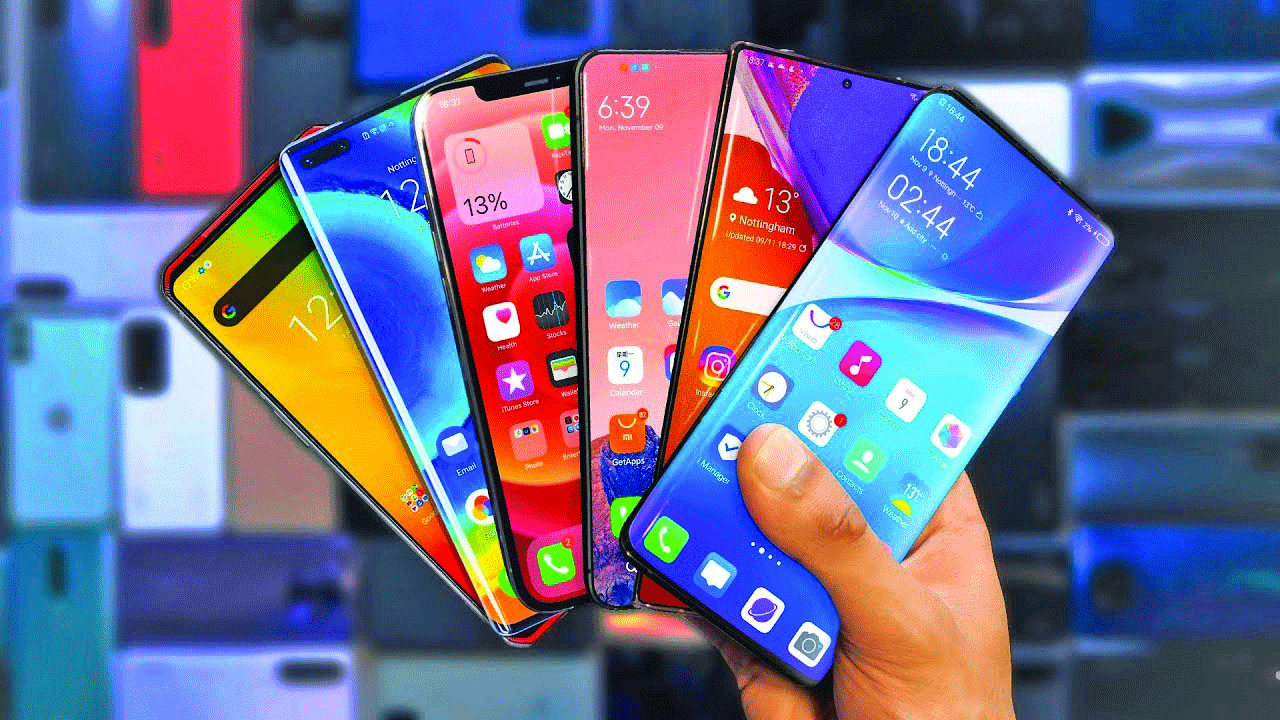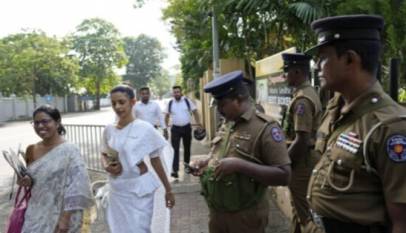Mobile phone production in BD hits 17-month low in May
Industry Desk: Mobile phone handset production has drastically dropped to 8.72 lakh units in May this year, the lowest in 17 months, according to the latest data released by the Bangladesh Telecommunication Regulatory Commission (BTRC).
The production of mobile phones was 14.78 lakh units in April and 23.34 lakh units in May the previous year. The highest production was recorded at 41.45 lakh units in January last year.
BTRC data shows that both the smartphone and feature phone segments faced a slump in production. Industry insiders have attributed the decline to surging prices caused by currency depreciation, an increase in value-added tax (VAT), high inflation weakening consumer purchasing power, and a surge in imports in the grey market.
The rise in the dollar exchange rate alone has increased the cost of components by more than 25% in a year, and the increasing VAT since July 2022 has further added to the costs for the budding local manufacturing industry, said Mohammed Mesbah Uddin, the chief marketing officer of Fair Group, a manufacturer of Samsung consumer electronics.
A locally made handset became 30-35% more expensive in a year, he added.
Smartphone sales saw a decline as feature phone users’ migration to smartphones slowed down amid a global economic decline, triggered by the Russia-Ukraine war that began last year.
In 2022, smartphone sales dropped by 23% while feature phone sales increased by 4%, according to Counterpoint Research, a global technology market firm based in Hong Kong.
Nowadays, it became the cheaper phones’ turn to face the economic slowdown as the mass people’s purchasing power declined amid high inflation, said Rezwanul Hoque, CEO of ISMARTU Technology BD Limited, a subsidiary of Chinese Transsion Holdings which captured nearly 30% of the local smartphone market with its three affordable brands Techno, Itel and Infinix, alongside emerging as the second largest feature phone player after homegrown brand Symphony.
With the fast adoption of technologies during the pandemic, the market share of smartphones had increased to 46% in 2021, from around 30% in 2016-17 when the import-dependent market had an average total monthly demand for over 25 lakh handsets.
The production decline is hurting the local industry, said Fair Group’s Mesbah Uddin. “A monthly market of 30 lakh units shrunk by more than two-thirds in a year and it was unexpected to the local manufacturers that the government will increase the VAT,” he said.
Rezwanul Hoque told that the previous year’s 5% VAT on manufacturers jumped to 7.5% this fiscal year and the 5% VAT on revenue during the distribution and retail phase weakened the local manufacturers.
The resurgence of the grey market
Meanwhile, grey market imports of brand new, refurbished and even used phones captured the market too fast in the last nine-ten months, said the industry people.
Like most others, Mesbah Uddin believes, grey imports now have captured 35-40% of the smartphone market, which shrunk to a tolerable level of 10% in 2021 amid a possibility of not allowing unauthorised handsets, which did not happen ultimately.
An increasing number of struggling consumers now prefer a two-year-old flagship phone previously used abroad, instead of a mid-range brand new locally made smartphone at a higher price, said many of the owners of smartphone repair shops across the country.
Before the pandemic, alongside local players like Walton, and Symphony many of the popular foreign smartphone brands started to build their assembling or manufacturing factories in Bangladesh as that offered a costing edge due to the low taxes and duties offered for local value addition.
Samsung, Xiaomi, Oppo, Realme, and Vivo all have their local plants here in Bangladesh with a 10-15% market share on average.
With the global slowdown, component prices in the international market were calming down this year and that was helping partly offset some of the other increased costs, said Ziauddin Chowdhury, country manager of Xiaomi Bangladesh.
“Still, it is 25% expensive right now, especially for the new product portfolios,” he said.
Letter of credit (LC) opening for raw material and component imports was yet to be an equally easy task for all manufacturers while the high LC margin increased everyone’s need for more working capital, Ziauddin echoed others.
Meanwhile, in this fiscal year, the VAT on many manufacturers might effectively shoot to 15% due to the minimum value addition requirements.
2023 might end up with up to a 30% year-on-year decline in the smartphone market of Bangladesh, Ziauddin Chowdhury estimates.
The declining rate of smartphone production would have a multi-faceted impact on the industry as a whole as the industry was playing an instrumental role in transforming lives to enable smart Bangladesh, said Darren Zhang, the branding director of Realme Bangladesh.
“We are currently monitoring the situation and exploring new opportunities to deliver our innovative products to meet the customers evolving digital needs while adapting to the new challenges. Moreover, we look forward to seeing necessary initiatives from the government in this regard,” Zhang added.
Rare Israeli airstrike in Beirut kills Hezbollah commander and more than a dozen others
International Desk: Israel launched a rare airstrike that killed a senior Hezbollah milita…








